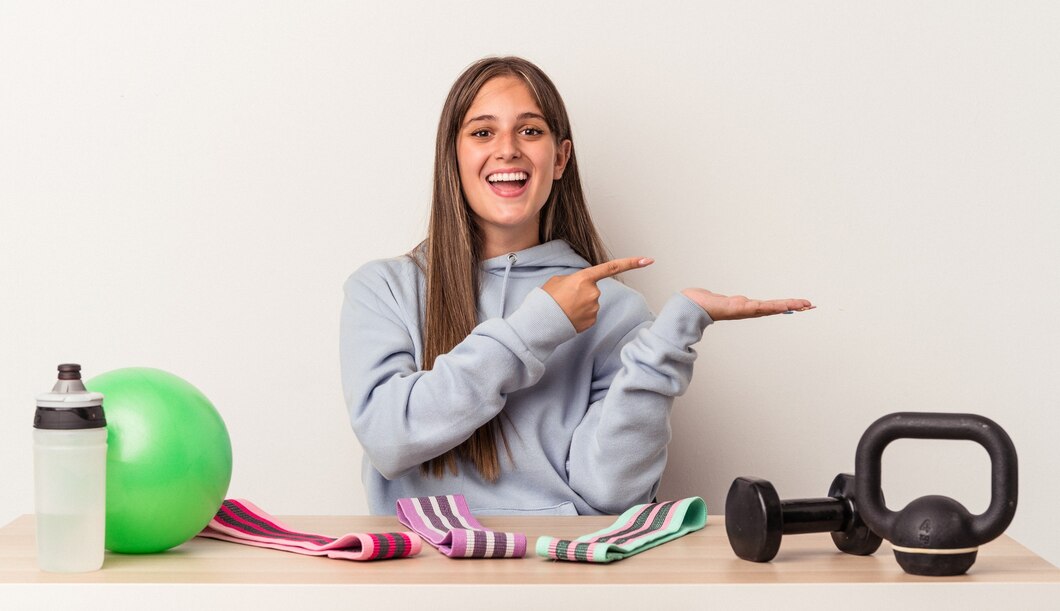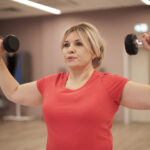Taking care of your health is more than just eating the right foods. It involves staying active and incorporating different types of exercise into your daily routine. With so many options available, it can be hard to decide where to start.
Whether your goal is to boost fitness, lose weight, or simply feel more energized, there’s an exercise routine that can meet your needs. Let’s explore 19 exercise routines that can significantly improve your health and well-being.
1. Strength Training: Building Muscles for Better Health
Strength training is not only about bulking up; it’s essential for everyone. By lifting weights or using your body weight, you build muscle mass, which helps increase metabolism and support bone density.
Incorporating strength exercises into your routine can help with weight management, prevent muscle loss, and improve overall strength. Increasing muscle mass also aids in boosting metabolism and supports better posture, making it a powerful exercise for long-term health.
To get started, you don’t need fancy equipment. Simple exercises like squats, lunges, and push-ups can be a great introduction. As your body adapts, you can increase the resistance or add weights to increase intensity.
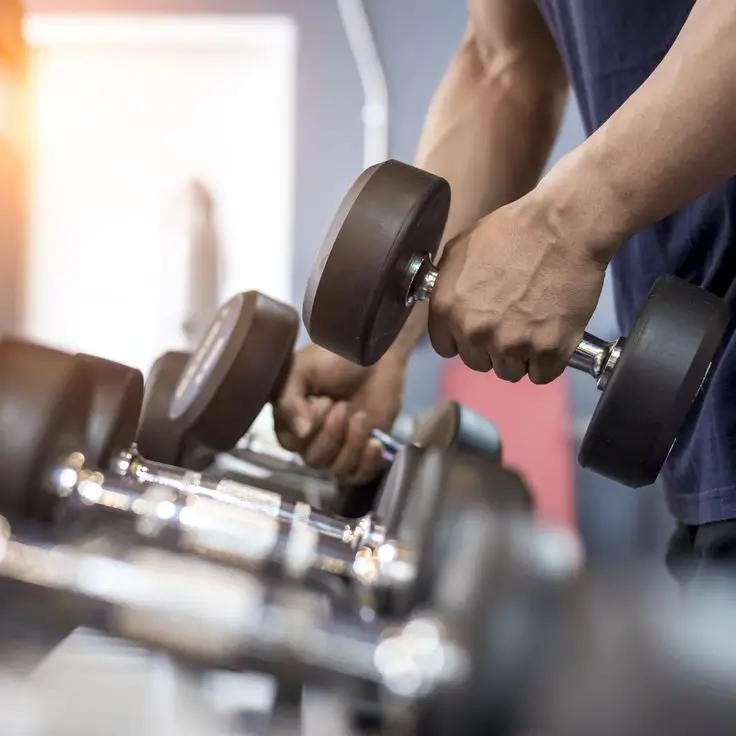
2. Cardio Workouts: Heart Health Matters
Cardio exercises are a great way to maintain a healthy heart. Running, cycling, swimming, and even walking help improve cardiovascular health and promote endurance.
Regular cardio helps reduce your risk of heart disease, stroke, and even diabetes. It can also help you improve your lung capacity and stamina over time. Incorporating cardio into your weekly routine can also aid in weight loss, making it an essential aspect of any fitness plan.
Start slow with activities like brisk walking or light jogging. Over time, gradually increase the intensity and aim for at least 30 minutes of moderate-intensity cardio most days of the week to see results.
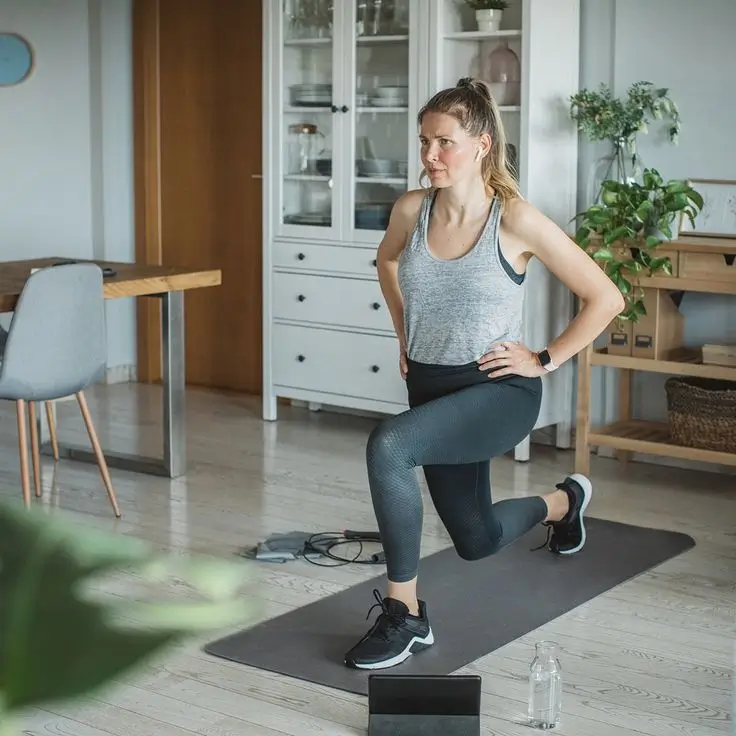
3. Yoga: Flexibility and Mindfulness Combined
Yoga is more than just a workout; it’s a practice that promotes mental clarity, flexibility, and strength. Yoga integrates breathing techniques with stretching and strengthening poses to create balance in the body and mind.
Not only does yoga improve flexibility, but it also helps reduce stress, increase relaxation, and improve your mental focus. Whether you are looking to improve your flexibility or manage stress, yoga provides a holistic approach to health.
Start with beginner poses such as Downward Dog, Child’s Pose, or Warrior. Focus on your breath and proper alignment, and remember that progress takes time.
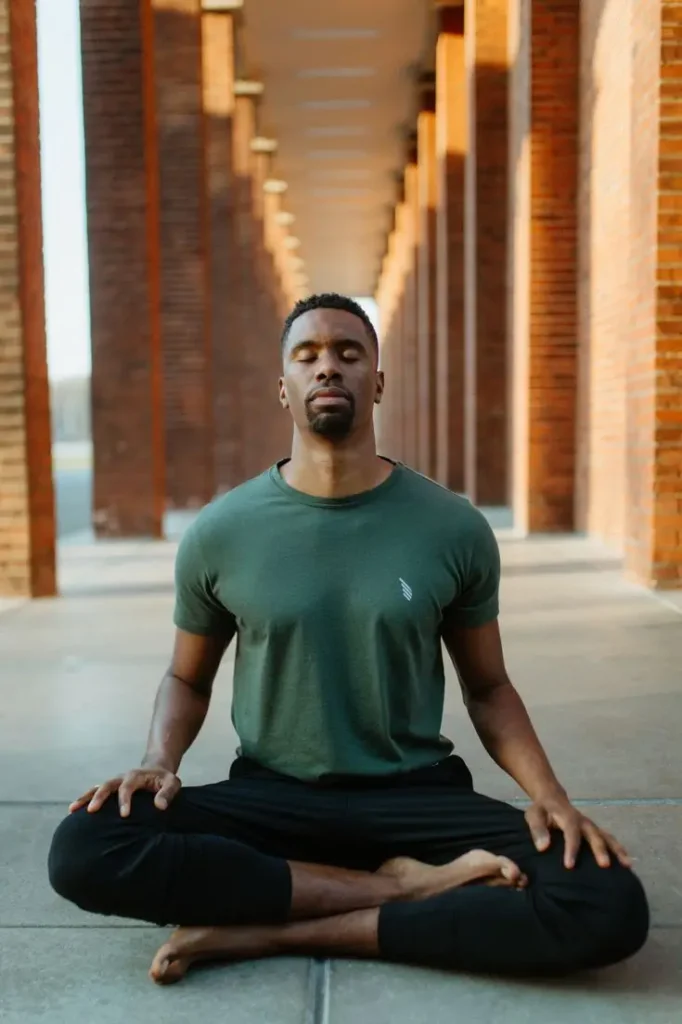
4. Pilates: Core Strength and Stability
Pilates is a low-impact exercise that focuses on strengthening the core. A strong core is essential for good posture, flexibility, and stability, as it supports your entire body.
In addition to strengthening your core muscles, Pilates also improves balance and flexibility. It’s an excellent way to tone your body and enhance mobility while preventing injuries. The movements in Pilates are deliberate and controlled, making it a mindful exercise that can be done at any age.
Start with basic mat exercises like the Pilates hundred or leg circles. As you build strength, you can progress to more challenging exercises using a reformer machine.
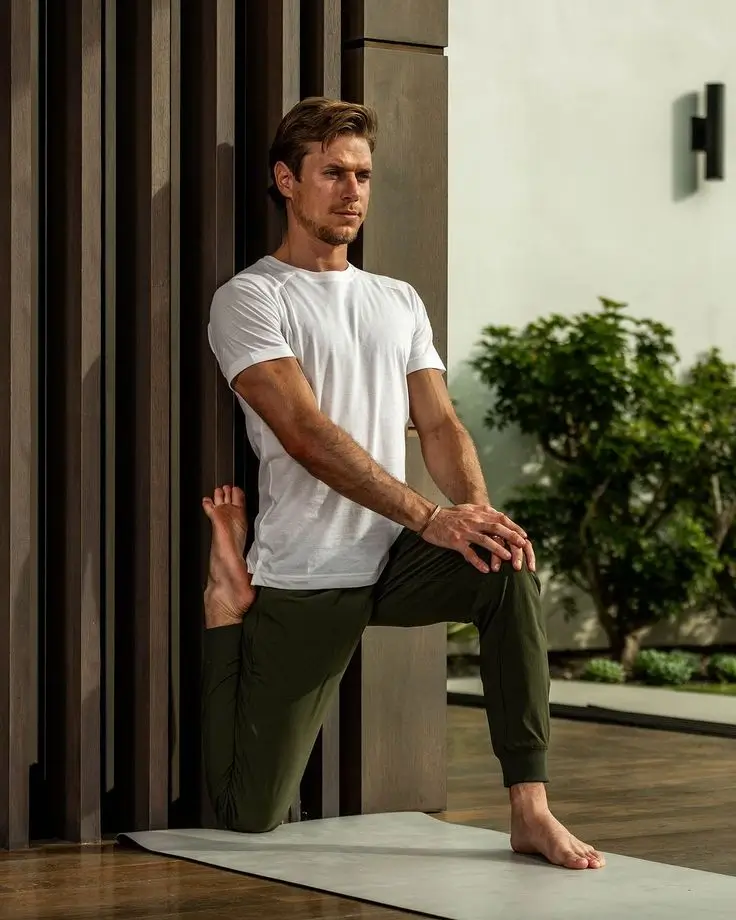
5. High-Intensity Interval Training (HIIT): Short, Intense, Effective
HIIT is a popular workout method that combines short bursts of intense activity with brief recovery periods. This exercise routine is highly effective for burning fat and improving cardiovascular health.
HIIT workouts are a time-efficient way to burn calories and improve your overall fitness level. HIIT exercises can increase metabolism and build muscle endurance in a short amount of time, making it ideal for busy individuals.
Start with simple moves such as jumping jacks or burpees, performing them for 20 seconds at a high intensity, followed by 10-20 seconds of rest. As you improve, you can increase the intensity and duration.

6. Swimming: Full-Body Workout with Low Impact
Swimming provides a low-impact, full-body workout that targets multiple muscle groups. Whether you’re swimming laps or just floating, your body gets an amazing workout with minimal stress on the joints.
Swimming helps improve cardiovascular health, builds muscle strength, and increases flexibility. It’s also great for individuals with joint issues or those recovering from injuries, as it provides a low-impact option to stay fit.
Start with simple strokes like freestyle or breaststroke. Gradually increase the distance or intensity as your stamina improves, and enjoy the peaceful effects swimming has on your mind.

7. Cycling: Burn Calories and Build Strength
Cycling, whether indoors on a stationary bike or outdoors, is a fantastic way to engage in cardio while strengthening your lower body. It’s also a low-impact exercise, making it ideal for people with joint issues.
Cycling improves endurance, leg strength, and cardiovascular health. It’s also an effective way to burn calories and promote weight loss. The beauty of cycling is that you can do it at your own pace and gradually increase your intensity.
Start with short rides on flat surfaces to build stamina. As your endurance improves, challenge yourself with uphill cycling or longer rides to keep your workouts exciting and challenging.
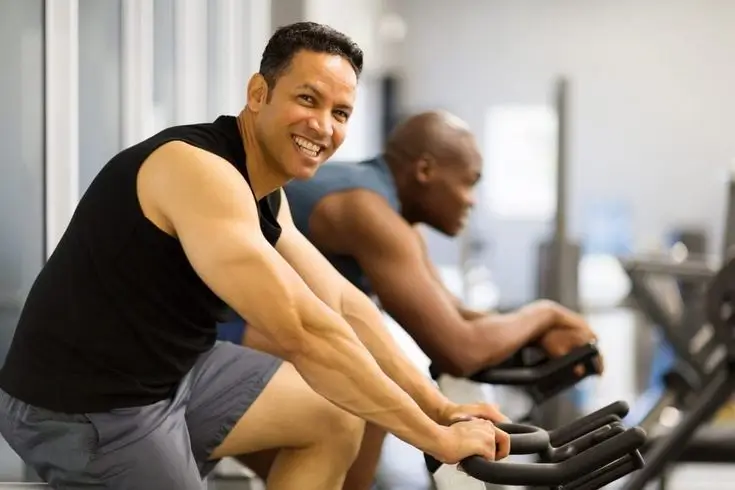
8. Walking: The Most Accessible Workout
Walking is one of the simplest and most accessible forms of exercise. It’s perfect for those just starting their fitness journey or anyone looking for a low-impact activity.
Despite its simplicity, walking offers numerous health benefits, including improved cardiovascular health and weight management. It also boosts mood and helps reduce stress, making it an excellent addition to any fitness plan.
Start with brisk walks, aiming for at least 30 minutes daily. Gradually increase your walking time or intensity as you build stamina and feel more comfortable.

9. Martial Arts: Discipline Meets Fitness
Martial arts offer a unique blend of fitness and self-discipline. Whether it’s karate, taekwondo, or Brazilian Jiu-Jitsu, martial arts provide a full-body workout that builds strength, flexibility, and mental focus.
Martial arts improve coordination, balance, and endurance. They also teach mental resilience and control, which can carry over into other areas of life. The focus on technique and form means martial arts is also a great workout for boosting agility.
To begin, try a local class or follow beginner tutorials online. Focus on learning basic stances and movements before progressing to more complex techniques.
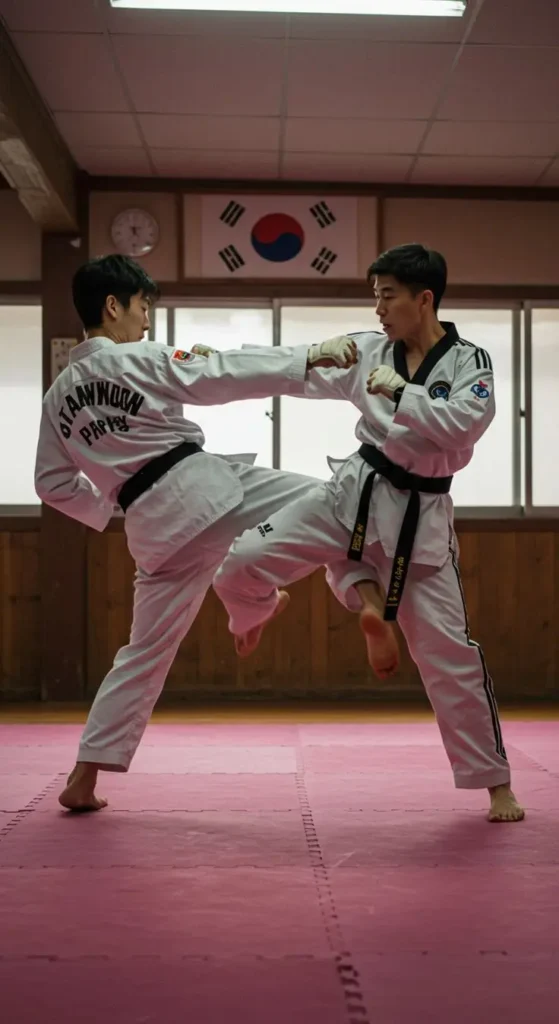
10. Dance: Fun and Fitness Combined
Dance workouts like Zumba, hip-hop, or even salsa provide a fun way to get fit while improving coordination and cardiovascular health. Plus, dance routines are enjoyable and can be an excellent way to socialize.
Dancing improves muscle tone, balance, and flexibility. It also helps burn calories and boosts mood, making it a great stress-reliever. The rhythm and energy in dance workouts make exercise feel less like a chore.
Start with beginner-friendly routines or try a dance fitness class. You’ll quickly find that dancing is a fantastic way to stay active while having fun.

11. Rowing: Total Body Strength
Rowing is a total-body workout that targets the arms, legs, back, and core. It’s great for building strength and endurance without putting too much strain on your joints.
Rowing provides an effective cardio workout and strengthens multiple muscle groups at once. It’s particularly useful for improving upper body strength and building stamina.
Begin with low resistance on the rowing machine to focus on proper form. Gradually increase resistance and time spent rowing to challenge your fitness level.
12. Kickboxing: Power, Speed, and Strength
Kickboxing combines cardio with strength training. The high-intensity workout targets strength, agility, and endurance, making it great for improving overall fitness and reducing stress.
Kickboxing helps improve coordination, balance, and mental toughness. It’s also a great way to burn calories and build muscle strength in the arms, legs, and core.
Start by practicing basic punches and kicks. As you grow more comfortable, combine the movements into full-body workouts to increase intensity and effectiveness.
13. Resistance Band Training: A Portable, Effective Option
Resistance band training is a low-cost, portable option for strength training. By using elastic bands to create resistance, you can target various muscle groups without the need for heavy weights.
Resistance bands help build strength, flexibility, and endurance. They are especially useful for targeting smaller muscles and improving overall mobility.
Begin with simple exercises such as squats or shoulder presses using the resistance band. Gradually increase the intensity as you build strength and comfort with the movements.
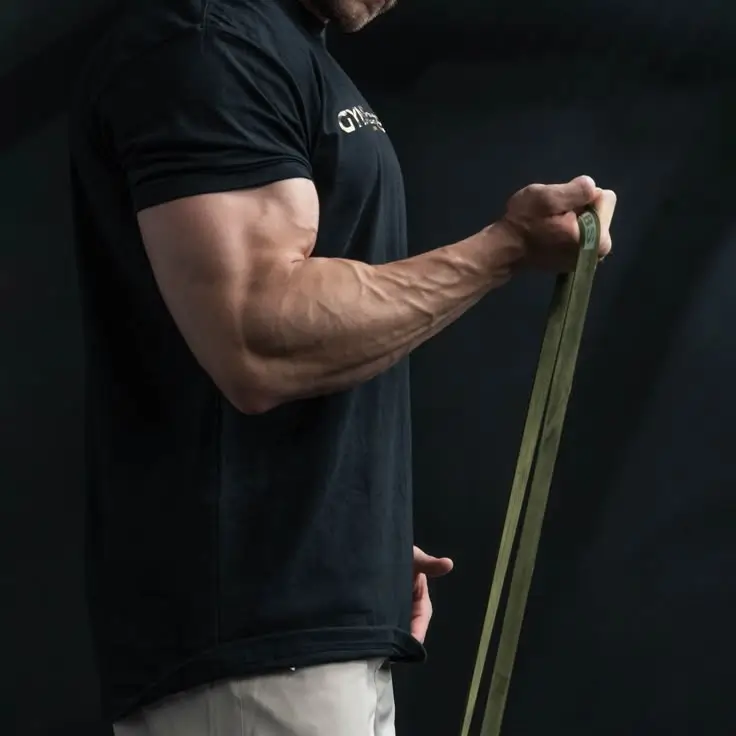
14. Hiking: Explore Nature and Stay Active
Hiking is a fun and effective way to get fit while enjoying the outdoors. It’s a great way to engage in moderate-intensity exercise while exploring scenic trails and natural landscapes.
Hiking improves cardiovascular health and strengthens your legs and core. It’s also a great way to improve your mental health, as being in nature has been shown to reduce stress and boost mood.
Start with easy trails and work your way up to more challenging hikes. As you build stamina, try hiking longer trails or adding elevation to make your workouts more intense.

15. Tai Chi: A Gentle Approach to Fitness
Tai Chi is a low-impact exercise that involves slow, controlled movements and deep breathing. This ancient practice promotes balance, flexibility, and mental clarity.
Tai Chi improves balance, flexibility, and mental focus. It also reduces anxiety and stress while improving overall well-being. The slow pace of Tai Chi makes it a great option for beginners or those looking for a less intense workout.
Start with basic forms and movements. Take your time to learn the proper technique and focus on your breath to ensure the practice is both effective and calming.
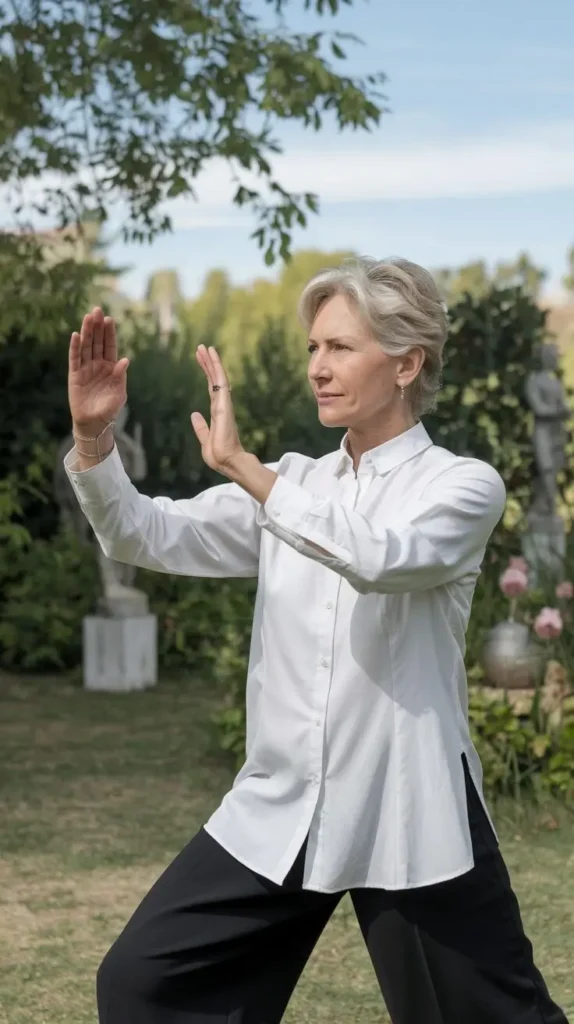
16. Jump Rope: Fun and Effective Cardio
Jumping rope is a great cardio exercise that boosts heart rate while improving coordination, balance, and endurance. It’s also an excellent fat-burning workout that can be done anywhere.
Jump rope workouts are fun, challenging, and effective for building strength and improving cardiovascular health. Plus, it’s an easy way to get in a quick workout when you’re short on time.
Start by jumping for short intervals, gradually increasing the duration as you build stamina. Try mixing up your footwork and adding tricks to keep things exciting.
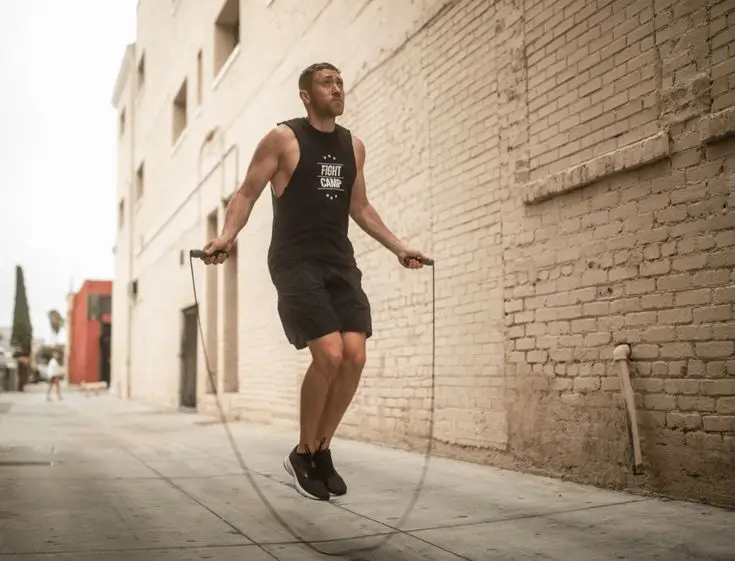
17. TRX Suspension Training: Bodyweight with a Twist
TRX suspension training uses straps to help you perform bodyweight exercises. It’s great for improving strength, flexibility, and balance, using only your body’s weight for resistance.
TRX training engages multiple muscle groups, helping to increase strength, stability, and endurance. It’s an excellent way to challenge your body and push your limits in a fun and dynamic way.
Begin with basic exercises like squats, lunges, and rows. Gradually increase the intensity by adding more challenging movements as your strength improves.
18. Bodyweight Training: Fitness Without Equipment
Bodyweight training involves using your own body as resistance to build strength, endurance, and flexibility. This form of exercise is incredibly versatile and can be done anywhere, making it perfect for those who don’t have access to a gym or equipment.
Bodyweight exercises, such as push-ups, squats, planks, and burpees, target multiple muscle groups at once. Using bodyweight exercises can help you increase your overall strength and improve your cardiovascular fitness, making it a great addition to any routine.
To start, focus on mastering basic exercises like squats, lunges, and push-ups. Once you feel comfortable, you can increase the intensity by adding more sets or combining exercises for a full-body workout.
19. Stretching: Flexibility and Recovery
Stretching is often overlooked but is crucial for maintaining flexibility, preventing injuries, and aiding recovery after a workout. Regular stretching helps improve the range of motion in your joints and muscles, enhancing overall movement quality.
Incorporating a daily stretching routine can help reduce muscle tightness, improve posture, and enhance flexibility. Stretching also aids in the recovery process by promoting blood flow to sore muscles, making it easier to bounce back after intense workouts.
Start with basic stretches such as hamstring stretches, shoulder stretches, and hip flexor stretches. Try to hold each stretch for 15-30 seconds, and focus on deep, controlled breathing to maximize benefits.
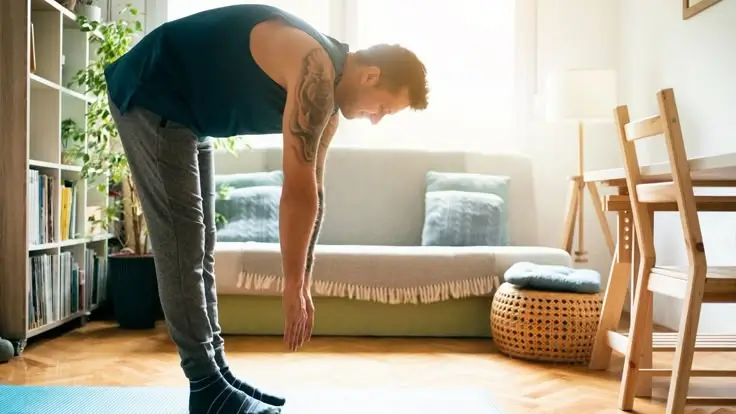
Conclusion: Finding the Routine That Works for You
The key to a healthier life is finding an exercise routine that fits your goals and lifestyle. Whether it’s strength training, cardio, or something more relaxed like yoga, the most important factor is consistency. Start small, stay committed, and see how these exercise routines can help you achieve your health goals.
